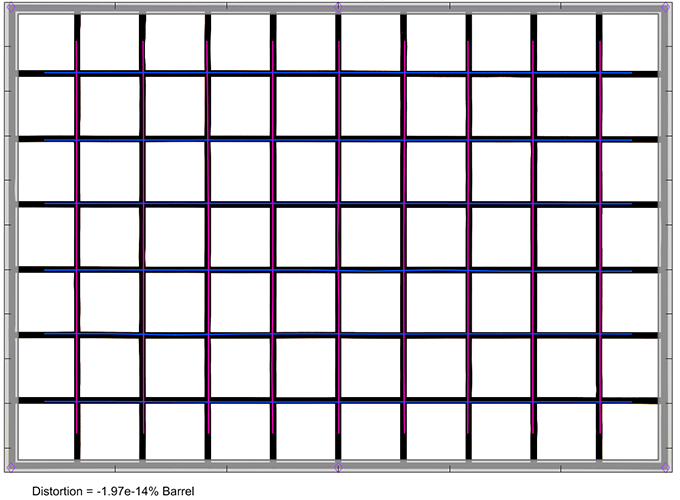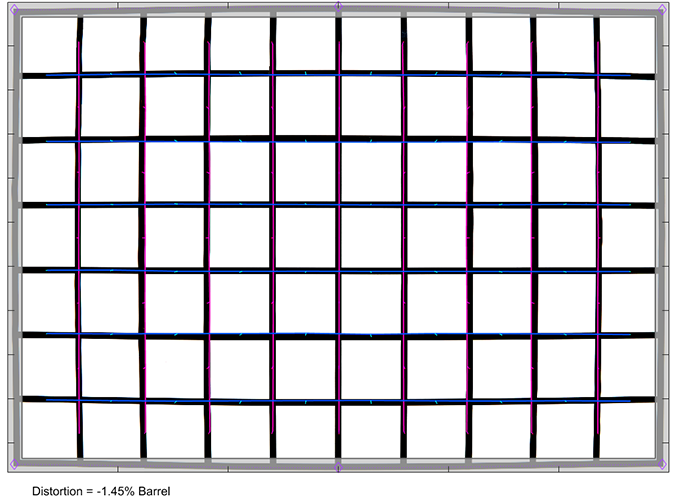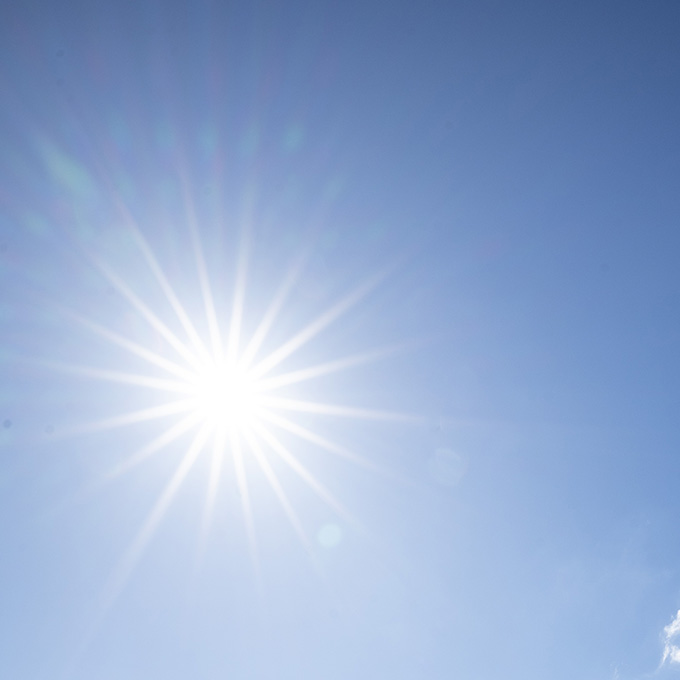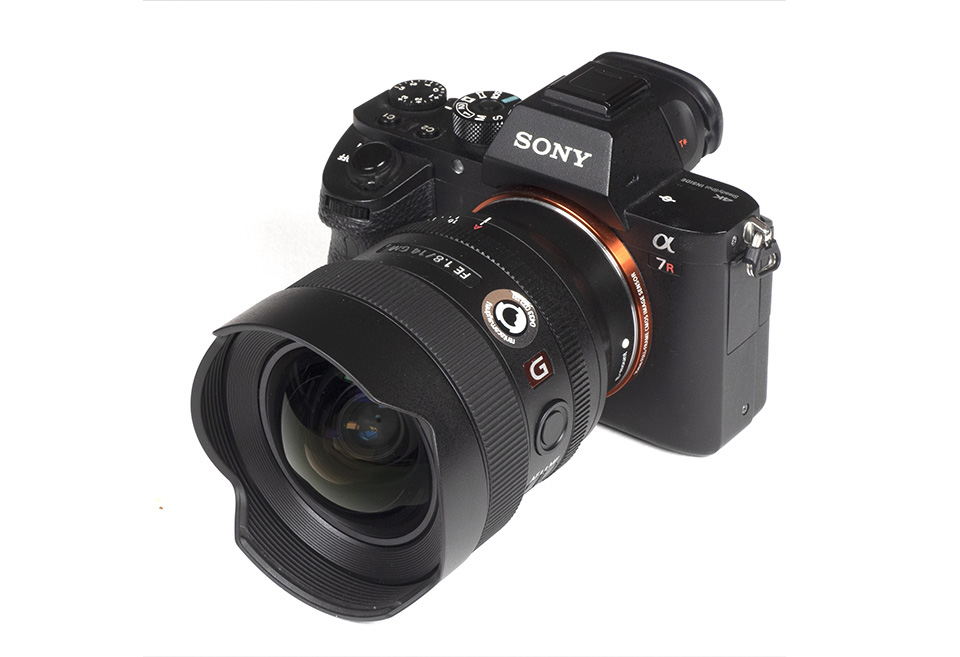Review by Klaus Schroiff, published May 2022
Table of Contents
Introduction
Every once in a while, many of us are feeling an itch for something exotic – a super-tele maybe, an extreme macro lens, a fisheye lens … or an insane ultra-wide lens. And the Sony FE 14mm f/1.8 GM falls into the latter category. 14mm may sound harmless but it’s excessively wide really with a (fully corrected) field of view of 114 degrees. This can create LOTS of drama in your images. However, lenses this wide are also notoriously difficult to use because they emphasize the foreground and finding an interesting one is often tricky. The FE 14mm f/1.8 GM isn’t just wide though – it’s also FAST – making it an ideal candidate for astrophotography when combining the night sky with aspects of the landscape. And despite the ultra-wide nature, the f/1.8 aperture should allow for nice bokeh shots here and there. The lens is a member of Sony’s “Grand Master” (GM) class of lenses targeting professional users. As such it is also surprisingly affordable at “just” $1600/1600EUR. Yes, I know what you mean – that’s not cheap – but for a 14mm f/1.8, it’s not that bad either.
In terms of build quality, it is aligned to professional use. While made of lightweight materials, this lens feels very sturdy with the usual dust- & moisture protection on top. The internal focus system also helps with the sealing against the odd weather event. Typical for its class, you will have to live with a vulnerable, bulb-like front element though and a build-in petal-shaped lens hood. Front filters are therefore not possible. It features a dedicated aperture ring with a clickless option for video makers. A useful focus-stop button has also been implemented.

Fast and silent auto-focusing is achieved via Two XD (extreme dynamic) Linear Motors. Manual-focusing works, of course, by wire but the implementation is excellent. There is no built-in image stabilizer but let’s not ask for too much – maintaining a decent centering quality is critical in this class.
| Specifications | |
|---|---|
| Optical construction | 14 elements in 11 groups inc 2xXA, 1x aspherical, 1x Super ED and 2x ED elements |
| Number of aperture blades | 9 (rounded) |
| min. focus distance | 0.25m (max. magnification ratio 1:10) |
| Dimensions | 83×99.8mm |
| Weight | 523g |
| Filter size | – |
| Hood | petal-shaped, built-in |
| Other features | Nano AR coating II, focus hold button, click-stop switch, fluorine coating, dust- & moisture resistant |
Distortion
The lens produces a native distortion of just ~1.5% which is very low for a lens in this class. The “GM” designation is well deserved here. The remaining traces can be eliminated via auto-correction with minimal impact on the image quality from here.


Vignetting
Ultra-wide lenses have a degree of “natural vignetting” anyway and it shows. At f/1.8 it is very heavy with a light-falloff of ~3.4 EV (f-stops). Stopping down to f/2.8 reduces this to just over 2 EV. Thus image auto-correction should come to the rescue here. It reduces the vignetting to an acceptable ~1.7EV at maximum aperture and a very manageable 0.8EV from f/2.8. This increases the sensor noise in the outer image field accordingly.

MTF (resolution)
The resolution characteristic of the Sony FE 14mm f/1.8 is “mixed” as you might expect from such a lens. The center performance is pretty much breathtaking straight from f/1.8 – it exceeds the capabilities of the 42mp sensor used for testing by quite a margin here. The near center is also very good to excellent in the relevant aperture range. The outer image region sees a noticeable drop in quality down to good levels at f/1.8. For best results stop down to f/5.6 where the resolution is good to very good. Please note that the borders/corners “look” mediocre in the chart because of the excessive center resolution making the difference starker than it really is. Diffraction has a more pronounced impact from f/11. Also, note that the MTFs were taken at a fairly close focus distance – test charts only go so far in terms of size and ultra-wides are … wide. You can expect slightly better border/corner quality at “infinity” shots.
The field curvature is on a medium level and noticeable. The centering quality of the tested sample was good.
Please note that the MTF results are not directly comparable across the different systems!
Below is a simplified summary of the formal findings. The chart shows line widths per picture height (LW/PH) which can be taken as a measure of sharpness. If you want to know more about the MTF50 figures you may check out the corresponding Imatest Explanations.

Chromatic Aberrations (CAs)
Lateral CAs (color shadows at the image borders) are reasonably well controlled with an average CA pixel width of around ~1.3px. As always, image auto-correction can help here without a loss in image quality.

Bokeh
Formal bokeh tests of ultra-wide lenses are notoriously difficult. However, based on field images, we’d say that the rendering is very pleasing. Wide-angle lenses tend to have a very busy bokeh but this doesn’t seem to be the case here. The background blur is smooth and even the highlights are fine as you can see below.


Sun-Stars
Another aspect that is often considered to be important is “sun stars”. Sun stars are a diffraction effect at aperture edges. They are created around spot highlights at smaller aperture settings. The rendering can vary from spikey rays to diffuse blades. The latter is usually considered to be less pleasing but your mileage may vary here. The Sony FE 14mm f/1.8 GM falls into the first category as you can see below. The effect starts to show up at f/5.6 with more obvious rays at f/8. For best results, you should stop down to f/11. If you count the rays you will notice that there are 18 of them due to 9 aperture blades. You may also notice some color fringing – but keep in mind that this is an extreme example with the sun in the early afternoon here.
Note: These are 100% crops.




Flare
Due to the immense field of view, extreme ultra-wides are very prone to having strong light sources within the image field. Lenses with low-quality coating and internal reflections can produce A LOT of flare and ghosting.
However, the Sony FE 14mm f/1.8 GM is pretty efficient in this respect. The scene below is an extreme situation – and you’d normally not take such a shot anyway – but the Sony lens manages this quite nicely. There are color fringing artifacts around the sun and marginal ghosting that invades the rest of the scene. The contrast level remains very high. The ghostings and fringing increase at f/16 though – it’s best to stay around f/8 to minimize the effect if needed.

Sample Images
The Competition
As so often, Sony users are blessed with a number of choices in this lens class. The Sony FE 14mm f/1.8 GM is shown to the left. The center spot is showing the Samyang AF 14mm f/2.8 FE and to the right, there’s the mighty Sony FE 12-24mm f/2.8 GM. The older Sigma AF 14mm f/1.8 DG HSM Art may also be an option but that’s basically a converted DSLR lens and as such not terribly interesting. The Samyang lens is substantially cheaper – but worse in basically every aspect. At medium aperture settings, it is quite close though. Still, for about half the price tag it is a viable entry ticket in this class if you don’t need the best of the best. We haven’t reviewed the FE 12-24mm f/2.8 GM yet (stay tuned) but we’d expect it to be in the same ballpark quality-wise. However, as you can see it is a SUBSTANTIALLY bigger and heavier lens – and it’s obviously not quite as fast and also more expensive still.

The Sony FE 14mm f/1.8 GM has its flaws but within its category, it is an exceptional lens. The center performance is breathtaking and the outer image field is pretty good as well even at f/1.8 - quite an achievement. Technically, it is never really "tack sharp" in the corners (in high megapixel images) but no extreme ultra-wide angle lens is. There is a bit of field curvature so it's best to pull the focus a little in infinity depth-of-field scenes. Image distortion is low even in raw images. Unsurprisingly, the vignetting is quite extreme at f/1.8 so it's best to leave the image auto-correction activated. This also takes care of the moderate CAs. Positive aspects also include the smooth bokeh - unusual for such a lens - and the way sun stars are rendered at smaller aperture settings. The flare resistance is also better than usual but, of course, present when pushing it.
The Sony lens offers a very high build quality in a compact, lightweight package. The lens body is made of some compound material but it feels solid and combined with the anti-dust- and moisture sealing, the lens should be good enough for professional abuse. The AF is super fast and silent. If you prefer setting the aperture on the lens you can do so with this lens. Video makers will also appreciate the clickless option for it.
If you are an ultra-wide fanatic, the Sony FE 14mm f/1.8 GM is your ticket. Due to its fast max aperture, it is also more versatile than more conventional prime lenses in this range. And it's reasonably priced for what it is. Highly recommended!
-
Optical Quality
-
Build Quality
-
Price / Performance


